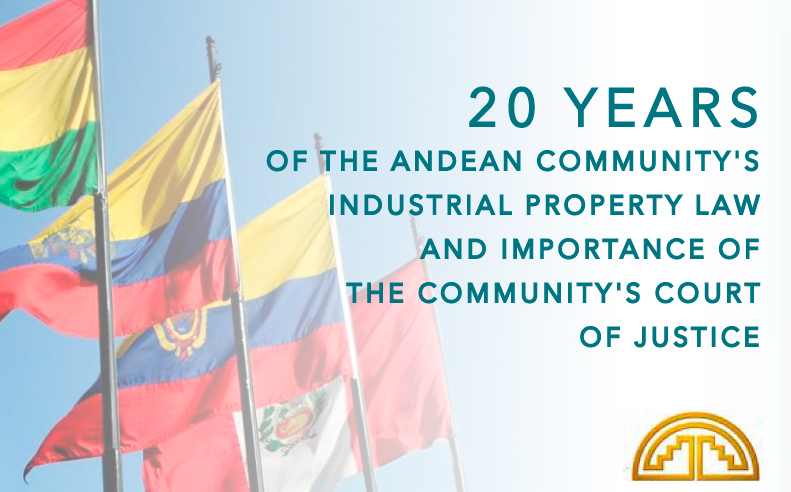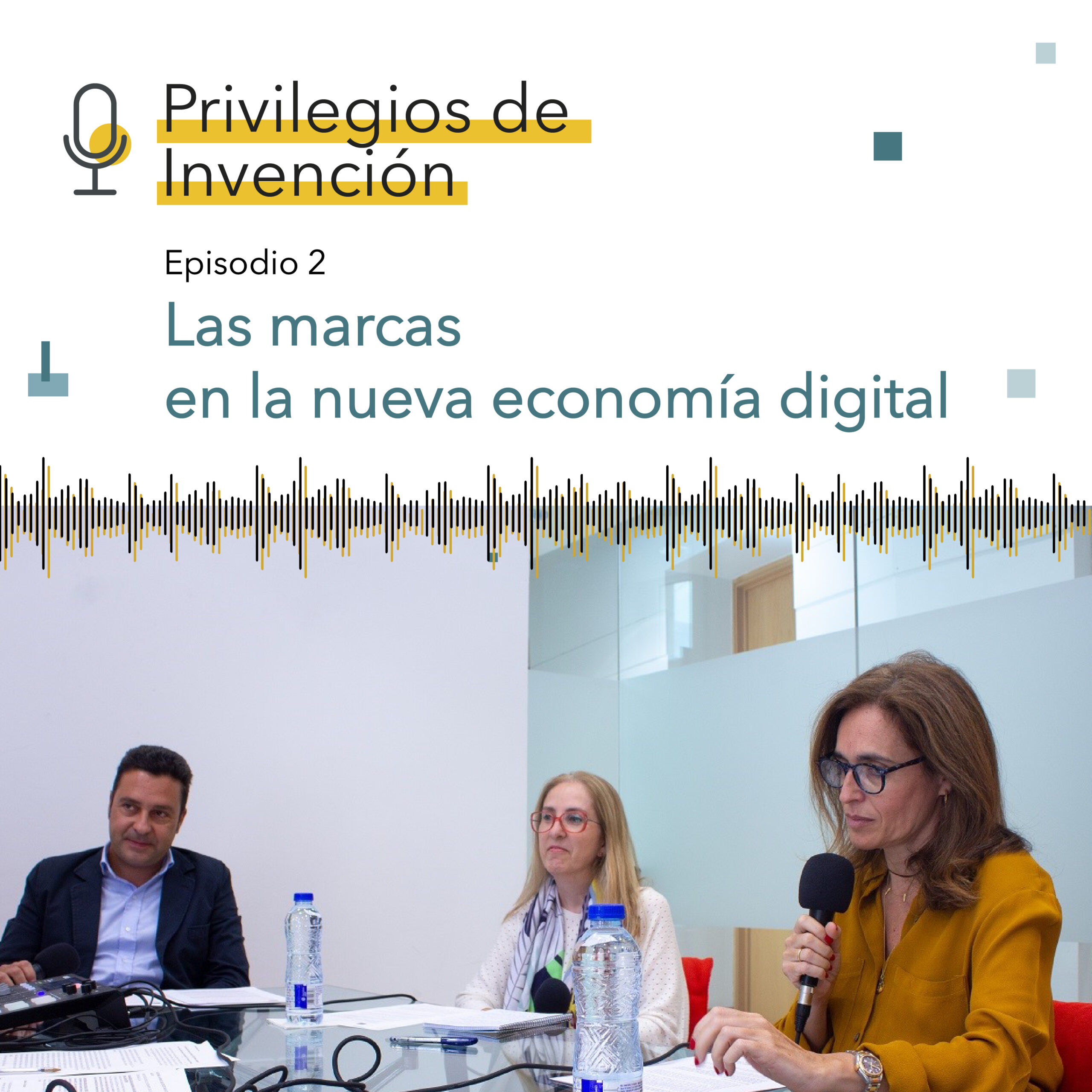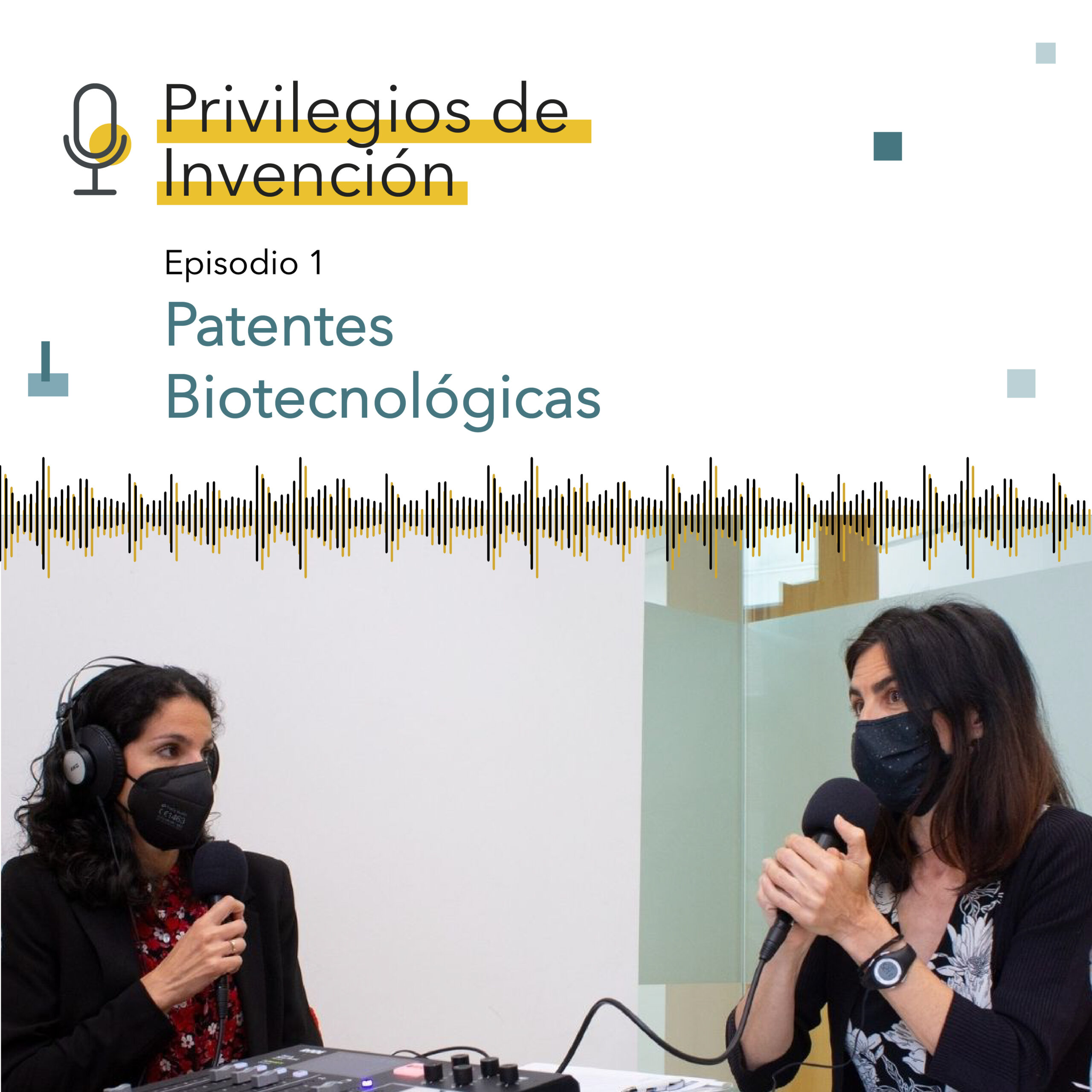Colombia is part of the Andean Community of Nations (CAN), along with Peru, Ecuador and Bolivia. The CAN emerged as a subregional integrationist process in May, 1969. Venezuela was also a member but withdrew in 2006, and Chile signed the pact as well, but also withdrew early. Its goal was to promote the balanced and common development of the member countries with the harmonization of the treatment of foreign investment and the suppression of trade barriers, but the remarkable aspect is that with Decision 486 dated September 14, 2000 – the Industrial Property Regime – the subregion incorporated the requirements of the Agreements on Trade-Related Aspects of Intellectual Property Rights (TRIPS) that emerged as an annex to the convention of the World Trade Organization (WTO) signed in 1994. Ancom Decision 486 came into force as of December 1st, 2000.
In other words, the CAN implemented in due time said requirements, this being why it recognizes Paris Convention as a very important regulatory framework for the member countries. Among many other aspects, standards of protection such as the deadlines for claiming priority in trademark and patent applications, and the protection of well-known trademarks are accepted (mentioning, with good judgment, that notoriety in the relevant sector is sufficient to obtain protection). As to anti-competitive measures, it contemplates that member countries should not register contracts for licensing or transfer of trademark registrations that do not comply with the provisions of the Common Regime for the treatment of foreign capital and on trademarks, patents, licenses and royalties which do not conform to Community and National regulations on restrictive trade practices of free competition. (Art 163).
On the other hand, it specifically specifies the scope of the rights granted by industrial property and the exclusivity arising from them, as well as the legal actions for the enforcement of industrial property rights. As regards patents, it defines the inventions that may be protected through patents in all fields of technology, and this has allowed granting biotechnology patents (of which 3,251 have been granted to date in Colombia), and patents on inventions that are implemented by software or computer. In this specific concern we have to acknowledge that the Colombian PTO (the Superintendence of Industry and Commerce) has been adapting to the new circumstances of the industrial revolution, and even though in our country computer software is not patentable, over the last few years said office has adopted a more flexible position to interpret the accurate scope of the applications thus granting patents to this type of inventions. Today, 677 innovations implemented by computers have been granted in Colombia.
Article 3 of Decision 486 provides a guideline for Ancom countries to ensure that industrial property rights are granted while safeguarding and honoring biological and genetic heritage. Needles to say, there are obvious exclusions that arise from public policies to facilitate access to public health or to preserve biological heritage.
It is also worth mentioning that Decision 486 expressly established that member countries could sign cooperation agreements in the field of industrial property. No doubt this paved the way for Colombia to adhere to the Patent Cooperation Treaty (PCT), a mechanism that was not accepted in a significant manner by LATAM countries, whilst Colombia promptly did.
We can say that this Decision also turned out to be visionary because it opened the way to the protection of different types of trademarks as long as they are capable of any kind of graphic representation. This led to the possibility of registering non-traditional trademarks such as animated trademarks, gesture trademarks, color trademarks, scent trademarks, holograms, sound trademarks and tactile trademarks, with which the legal provisions in force allow the protection of marks that have emerged from technological advances and are compatible with the new directions of online commerce.
But it would not be fair to go over the outstanding aspects of Decision 486 without referring in particular to one of the institutional bodies of the CAN, the Court of Justice of the Andean Community (TJCA), which is the highest dispute settlement body and its guidance has been quite important for the member countries. As of 1984 and until July 2020 said court has issued 5,678 pre-judicial interpretations, which means that a valuable jurisprudential support is available to serve as a guide for the Andean provisions to be complied with in a uniform manner in the Ancom countries, thus avoiding contradictory decisions that generate uncertainty for applicants of industrial property rights, both national and foreign.
The most common form of its action was given by the prejudicial interpretations within the contentious trials filed for the legality control of the decisions issued by the Patent and Trademark Offices of the Andean countries. However, after so many years it has become necessary to revise this court. We could say that the economic crisis that seriously affects at present the mentioned court has prompted the need for an amendment that will certainly benefit the finances of the organization. Moreover, an amendment of the court is necessary to reduce the present lengthy of all judicial processes regarding industrial property controversies, such as the judgments in the processes that in Colombia are carried out before the Council of State (the highest court that decides the judicial processes which originate in the administrative decisions of the Superintendence of Industry and Commerce of Colombia). Presently it is required that prior to rendering a final judgment, the Court of Justice of the Andean Community (TJCA) must have issued mandatory interpretation of the Andean regulation to be applied in each case. Thus, by eliminating the required preliminary interpretations on cases in which the body has already issued a ruling, the time for rendering final judgments will substantially be reduced.
On the other hand, the Andean region does not have a forum that allows submitting to arbitration disputes that arise under the Andean regulation. It is pivotal to create a CAN dispute resolution system, in addition to providing an alternative forum for the arbitration of investors in CAN member countries. This amendment is no doubt worthwhile since the TJCA has been considered the third most active court in the world. As to the interpretation of the integration regulations, judgments that have generated a paradigm have been issued, such as Ruling 242 IP of 2015 requested by the Superintendence of Industry and Commerce (SIC)[1]. In this case the SIC, for the first time, requested the interpretation of an Andean regulation prior to deciding on the granting of a trademark registration. This guideline of the Court has empowered Patent and Trademark offices of the Ancom countries to exert this interpretation alternative, and thus in Bolivia SENAPI has carried out several consultations regarding border measures. In the case of Peru, INDECOPI has been able to resolve competition issues in first and second instance through this tool.
In the case of Colombia, the interpretation that gave rise to this paradigmatic ruling related with the interpretation of Article 134 of Decision 486 on the type of trademarks that can be registered. The ruling is of importance because it recognizes the legitimacy of the administrative authority (in Colombia the Superintendence of Industry and Commerce) to request an interpretation of a certain applicable Andean provision within the administrative procedure, while it specifies the guidelines to accept tactile marks for registration. In its interpretation, the TJCA determined that a tactile trademark must be described in a clear and precise manner including the drawing or photograph of the applied sign, and that a physical sample of the mark must be submitted. It also called the attention of the member countries to the fact that they must have the technological mechanisms to facilitate virtual access to the drawings or photographs so that images can be magnified and thus allow recognizing the texture in three dimensions, facilitating the proper identification of the tactile mark. The court added that it is important as well to keep in mind that the texture of the sign cannot have a technical function, i.e., that it is not a natural part of the product or its essence.
The foregoing gave rise to the issuance of a regulation on the aspects of industrial property that comprises all the jurisprudence of the TJCA.
We quote as well another ruling, Process 484-IP-2018, which establishes a double barrier for the control of anti-competitive behavior and the avoidance of spaces of impunity. The Community market allows the commercialization of products and goods without the payment of import duties, but it is imperative to maintain a surveillance of potential anti-competitive behaviors. Decision 608 of the Andean Community, which aims to protect and promote free competition within the Andean Community, provides for two complementary controls. One is exercised by the General Secretariat of the CAN for investigations of cross-border anti-competitive behavior and practices, and the other is the control of the national competition authorities.
Article 5 of Ancom Decision 608 defines the regime of competencies of the national authorities, specifying that in each country any anti-competitive behavior with a scope in any such country shall be investigated and controlled. In the case of an operation that originates in one country but has an effect in another, the General Secretariat of the CAN has jurisdiction. On some occasions, reputed offenders sought a border effect through the nullification of the national investigation processes and the cases remained in impunity. Thus, the benefit of this ruling is that it establishes a double barrier for the control of anti-competitive behaviors by pointing out that the powers are not exclusive but rather complementary. Consequently, national authorities investigate any behavior involving agents from various countries, but their investigation is limited to the agents and to the effects of their country.
Finally, it must be acknowledged that a 20-year-old Community regulation, in the face of the exponential evolution of technology and new ways of doing business as well as the multiplicity of multilateral treaties signed by Ancom member countries, among other aspects, requires updating in line with the new realities. In the meantime, Decision 486 and the rulings of the Court of Justice of the Andean Community of Nations have met the requirements of protection and defense of industrial property of nationals and foreign investors with international standards.
[1] Prejudicial interpretation of Article 134 of Decision 486 of the Andean Community Commission requested by the Director of Distinctive Signs of the Superintendence of Industry and Commerce of the Republic of Colombia and, ex officio, interpretation of Article 135(b) of the same provision. Trademark: TEXTURA SUPERFICIE ‘OLD PARR’. Procedure: 334. Process No. 15-114096-0-0.




